In today’s digital marketing landscape, finding effective strategies to enhance your SEO can feel overwhelming. One approach gaining traction is partnering with micro-influencers, individuals who have dedicated, engaged followers within specific niches. Micro-influencers can play a notable role in driving brand visibility and boosting SEO performance by utilizing their authentic engagement with their audiences.
Micro-influencers typically have followers ranging from 1,000 to 100,000. Unlike their macro counterparts, they often boast higher engagement rates—up to 6-7%—making their recommendations feel personal rather than commercial. This characteristic is particularly important for businesses targeting niche markets, where authentic voices resonate more deeply with potential customers.
By understanding how to leverage micro-influencer campaigns, you can effectively strengthen your SEO strategy. This guide will cover identifying suitable micro-influencers, measuring the impact of collaborations on SEO metrics like website traffic, and navigating the common pitfalls associated with these partnerships.
Unlocking Micro-Influencer Magic for Your Niche SEO
Micro-influencers serve as pivotal players in contemporary marketing, especially within niche markets where connection and authenticity reign supreme. With their unique ability to forge genuine relationships with their followers, micro-influencers can effectively enhance a brand's presence and foster trust among their audience.
Unique Value in Niche Markets
What sets micro-influencers apart is their capacity to foster authentic connections that feel personal to their followers. Research indicates that these influencers can increase engagement rates significantly, translating into higher brand trust and loyalty. Not only do they engage their audience effectively, but collaborating with micro-influencers can bolster your SEO as well. Their posts can generate user-created content, which often includes backlinks to your site, improving your search rankings.
Infographic comparing engagement rates of micro-influencers versus macro-influencers, illustrating how micro-influencers can drive niche SEO success. (Source: Ben Labs)
Finding Your Perfect Micro-Influencer Match
To benefit from micro-influencer partnerships, you need to ensure that you find the right influencers who resonate with your niche audience. This involves conducting thorough research and planning to match your brand values with their audience effectively.
Define Your Target Audience
Start by identifying who your target audience is and what challenges they are looking to solve. Analyze their behaviors and preferences to determine where they spend their time online. This will help you pinpoint influencers who have established credibility and rapport with groups that align with your brand.
Use Analytics Tools for Discovery
Once you’ve defined your audience, utilizing platforms like Upfluence and GRIN can significantly streamline your search for the right micro-influencers. These tools enable you to filter influencers based on specific metrics relevant to your niche.
Screenshot showcasing Upfluence’s analytics features for finding and evaluating micro-influencers. (Source: Upfluence)
Evaluate Influencer Metrics
When evaluating potential candidates, look beyond simply follower counts. Pay attention to engagement metrics, such as the number of likes, shares, and comments they receive. Research shows that brands succeeding in influencer campaigns have focused on aligning with influencers whose audiences mirror their target market, as seen in the positive traffic growth for Beauty Brand X.
Maximizing Engagement Through Influencer Metrics
After identifying potential micro-influencers, the next step involves evaluating their engagement metrics effectively. Engagement is a crucial indicator of how well an influencer can promote your brand.
Key Engagement Metrics to Monitor
When assessing micro-influencers, closely monitor metrics such as likes, comments, shares, and click-through rates. These indicators provide insight into how audiences interact with the content and can often predict the overall success of campaigns.
Assess Authenticity and Audience Trust
It’s essential to work with influencers who cultivate authentic relationships within their communities. Look for those who actively engage with their followers, ensuring they resonate with your brand values and messaging.
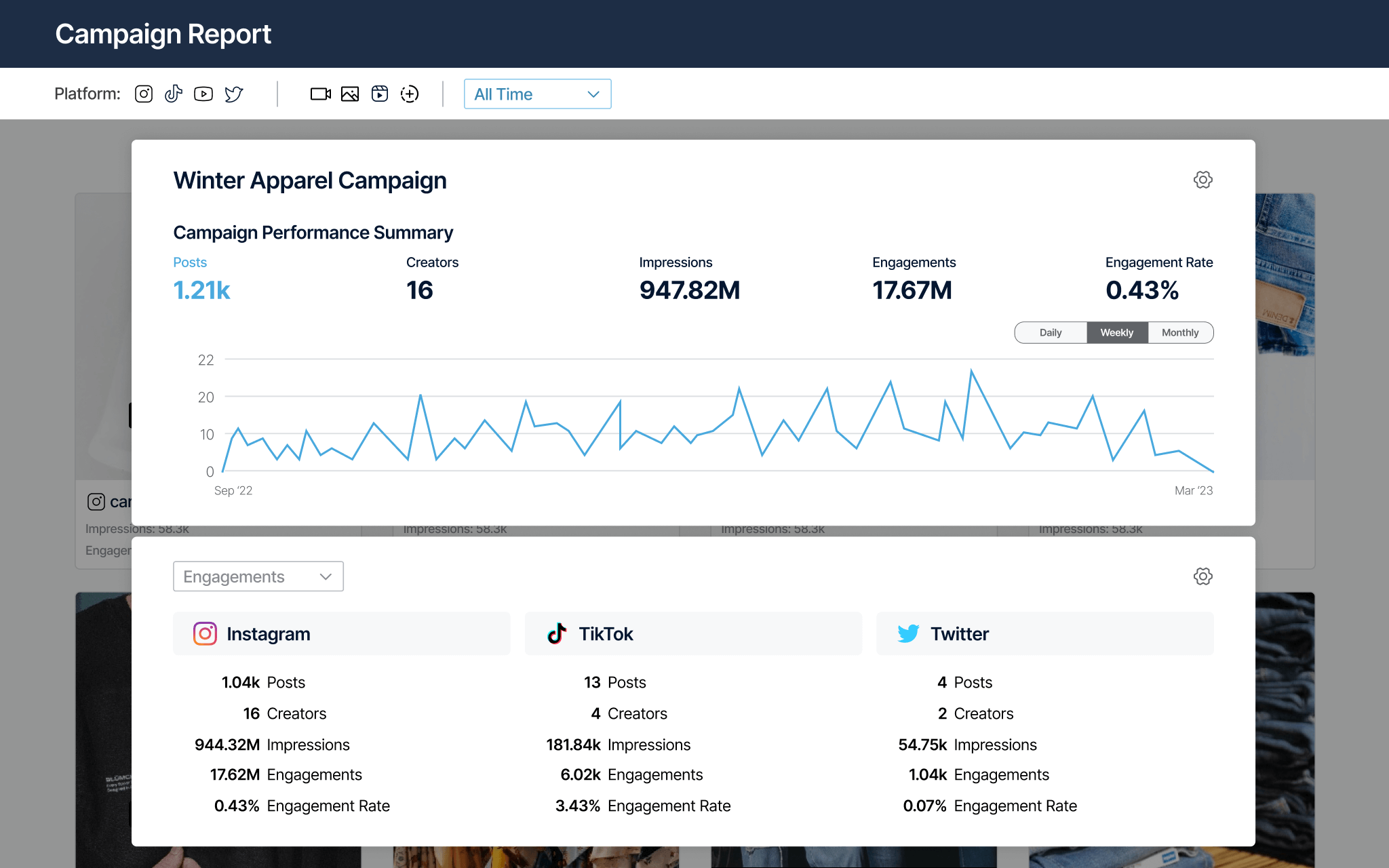
Visual example of the CreatorIQ analytics dashboard showcasing influencer engagement metrics. (Source: CreatorIQ)
Insights from Analytics Platforms
Using dedicated analytics tools can provide deeper insights into influencer performance. By selecting the right influencers based on these metrics, you can drive engagement that strengthens your SEO efforts.
Collaborating for SEO Success: Strategies for Influence
Once you've identified your micro-influencers, effective collaboration is essential for maximizing SEO benefits. This collaboration should focus on authentic content creation and strategic messaging.
Crafting Authentic Brand Messages
Work closely with influencers to develop messages that feel genuine to their audience. This collaborative approach should reflect their usual style, allowing for a seamless integration of your brand into their content.
Types of Resonant Content
Content that resonates well with niche audiences can include tutorials, product reviews, and lifestyle posts. Research suggests that visual formats like videos and striking imagery tend to drive better engagement than static content.

Snapshot from a successful brand-influencer collaboration, highlighting how brands can create impactful content with micro-influencers. (Source: Sprout Social)
Utilizing Influencer Creativity
Allowing micro-influencers creative freedom enhances the authenticity of their messaging while adhering to brand guidelines. Striking this balance promotes genuine engagement and trust from their audiences.
Overcoming Common Pitfalls in Micro-Influencer Campaigns
While using micro-influencers can yield strong results, there are common pitfalls to avoid to ensure positive outcomes.
Establish Clarity on Goals
Having clear objectives before starting a campaign is crucial. Define what you aim to achieve—whether it’s increasing website traffic, boosting brand awareness, or something else—so that both you and the influencer can align your efforts effectively.
Measuring Effectiveness
Being aware of which metrics to measure is essential. Monitor your engagement rates and conversions closely, and adjust your strategy based on the insights gathered. Establishing clear collaboration agreements can help avert misunderstandings and create a smoother partnership.

A checklist graphic illustrating the dos and don'ts of working with micro-influencers for successful campaigns. (Source: Website)
Learning from Past Mistakes
Review case studies of unsuccessful campaigns to identify any missteps—poor alignment between a brand and influencer’s missions is a common downfall. Understanding these insights can help you tailor more successful partnerships in the future.
Evaluating ROI of Micro-Influencer Partnerships
After launching your campaign, evaluating the return on investment (ROI) of your micro-influencer partnerships becomes essential to understand their effectiveness.
Understanding KPIs for Influencer Campaigns
Before your campaign launches, establish specific Key Performance Indicators (KPIs) to measure. These may include traffic driven by influencer posts, conversion rates, and overall engagement metrics.
Effective Tracking Techniques
Assign unique tracking links or codes to each influencer, allowing you to pinpoint how much traffic and sales each contributor generates. This clarity helps assess the value each influencer brings to your campaign.
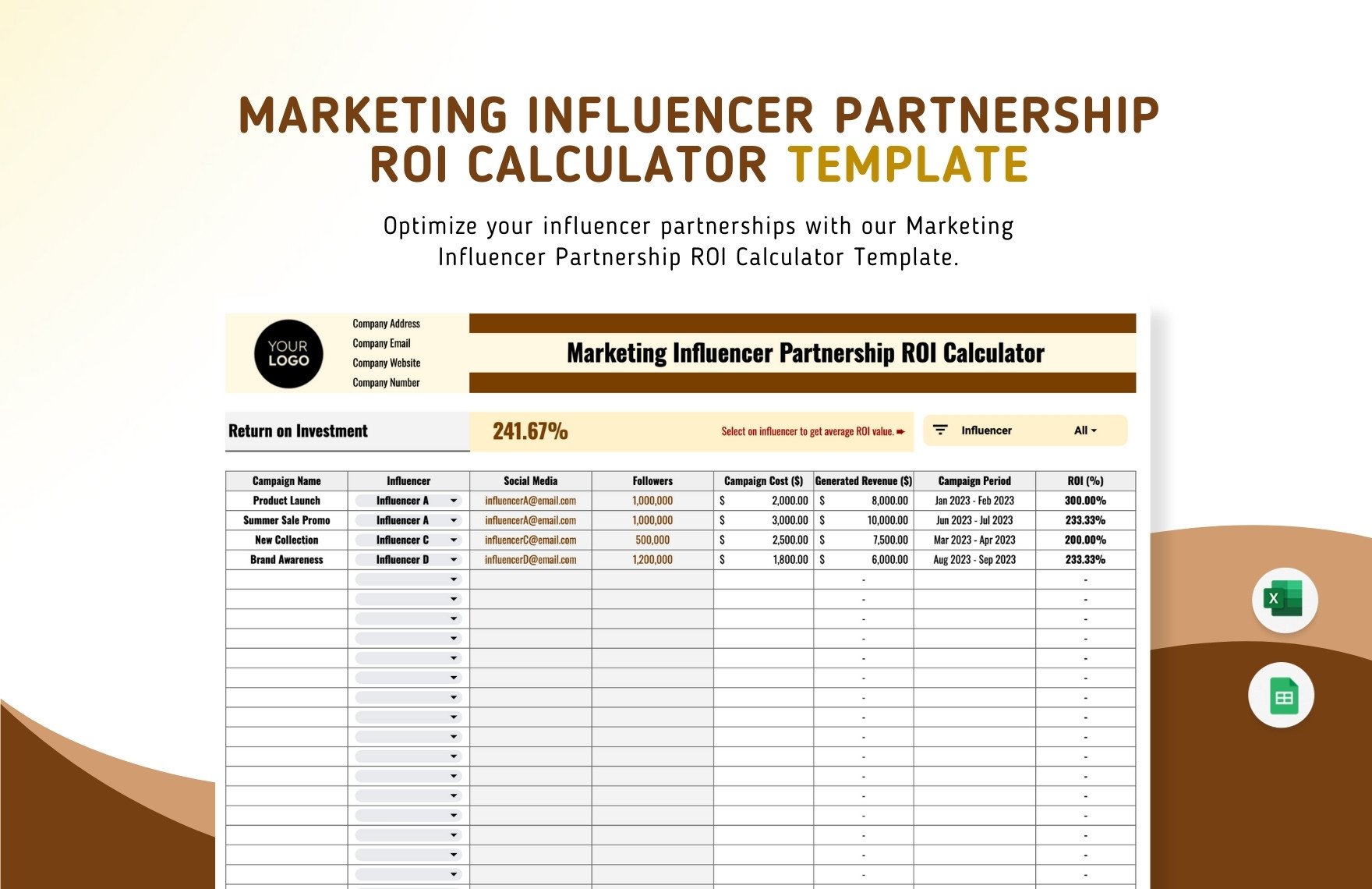
ROI calculator template relevant for measuring the success of influencer partnerships. (Source: Template.net)
Importance of Continual Tracking
Regularly monitoring your metrics is crucial. Being proactive helps identify trends and optimizations while also allowing you to act quickly based on the results. For example, the Airalo Travel App successfully utilized this method to quantify their partnerships' success.
Crafting Authentic Content: Ensuring Brand Voice with Influencers
Maintaining your brand voice during collaborations with micro-influencers is vital. The content they create should reflect your brand values while resonating with their audience.
Guidelines for Authenticity
Ensure that the content produced by influencers fits seamlessly within your brand narrative. Clear guidelines established from the start can support consistency while allowing for creative expression.
Co-Creating Content
Working collaboratively to create content—such as blog posts or videos—can deepen alignment between your messages while drawing on the influencer’s unique insights. Such partnerships typically yield better engagement.
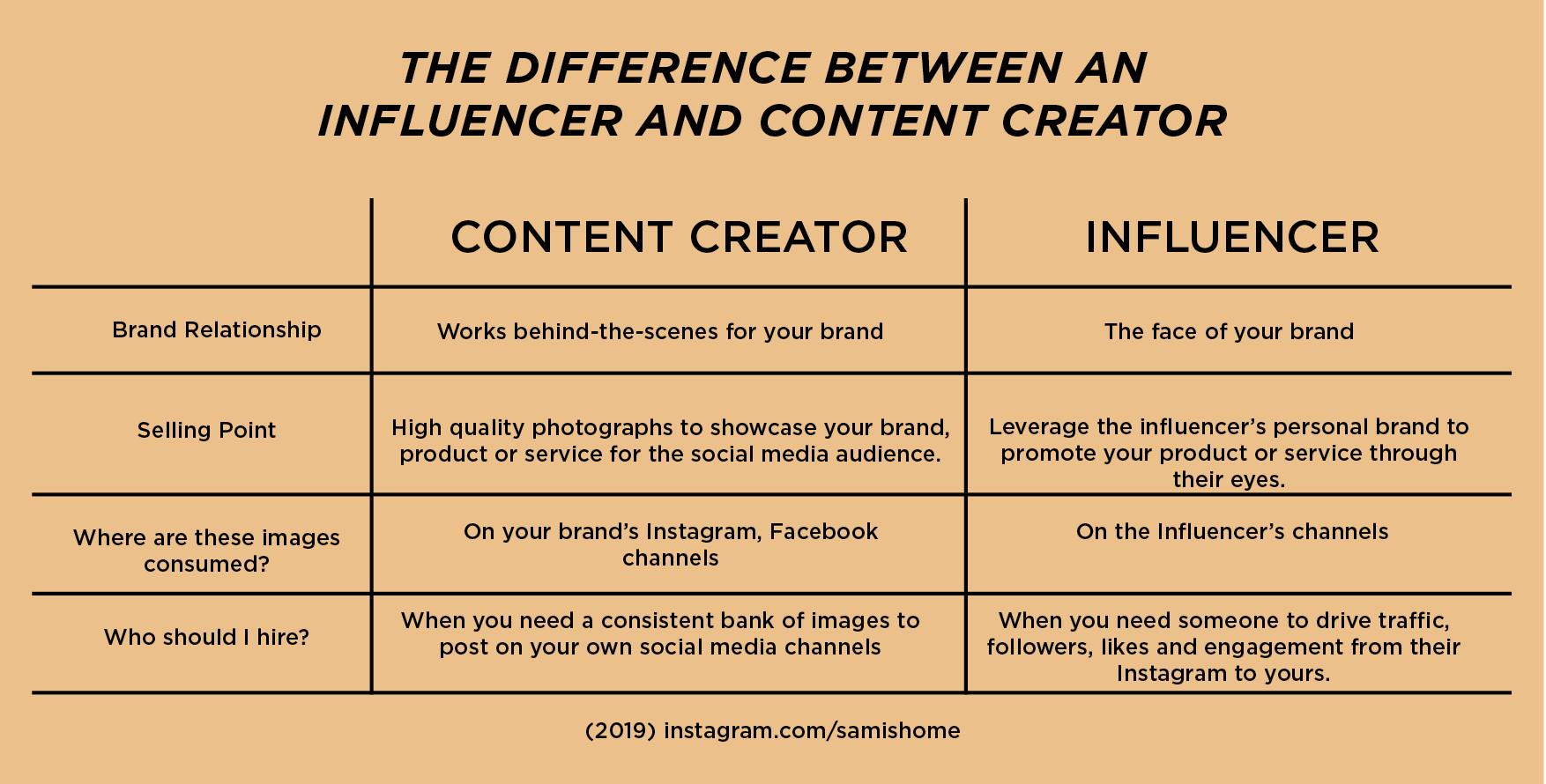
Chart contrasting influencer content against brand content, demonstrating the importance of alignment in collaborations. (Source: Squarespace)
Monitoring Compliance
As you cultivate these partnerships, it’s essential to supervise compliance with the agreed-upon messaging. Discrepancies can lead to audience confusion and an unfavorable perception.
Platforms For Micro-Influencer Discovery and Management
Utilizing effective tools can streamline your micro-influencer strategy and enhance both discovery and management processes.
Best Platforms for Discovering Influencers
Renowned platforms like GRIN and Upfluence can simplify the search for micro-influencers. They provide insights into engagement metrics and audience demographics, helping you find relevant partners.

Collection of logos from leading platforms for influencer marketing and management. (Source: Afluencer)
Technology for Relationship Building
These tools not only assist in the initial discovery but also offer features for managing ongoing relationships—contributing to more fruitful collaborations over time.
Facilitating SEO Tracking
Many of these platforms integrate seamlessly with your existing SEO tools, enabling effective monitoring of performance metrics associated with influencer campaigns.
Long-Term Gains from Micro-Influencer Partnerships for Domain Authority
Building lasting relationships with micro-influencers can lead to measurable improvements in your SEO performance over time.
Connections Between Partnerships and Domain Authority
Sustained partnerships with micro-influencers can contribute significantly to your domain authority. Consistent promotion of your brand increases backlinks to your website, positively impacting your search rankings.
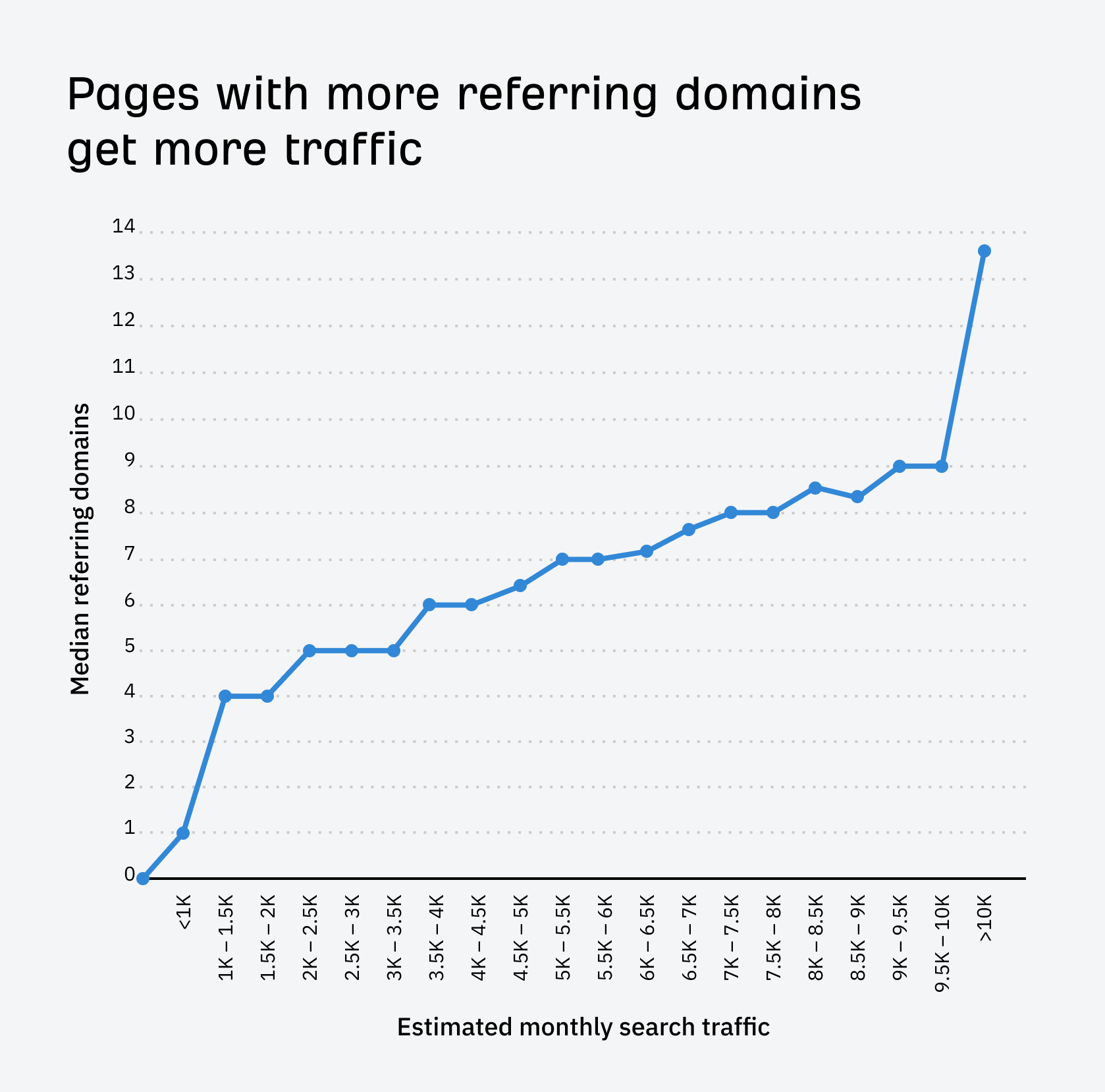
Graph depicting the relationship between domain authority and referring domains over time, emphasizing long-term impacts of influencer partnerships. (Source: Ahrefs)
Sustained SEO Benefits
By engaging consistently with micro-influencers, you can transition your traffic from being primarily reliant on paid ads to a more sustainable model focused on organic traffic—an essential shift for the long-term success of your marketing efforts.
Conclusion
Micro-influencer campaigns offer distinct opportunities to enhance your niche SEO strategies. By forming genuine connections with these influencers, you can increase engagement rates, improve search rankings, and build a stronger online presence.
As you pursue this path, remember the importance of defining clear objectives, conducting thorough research to identify suitable partners, and continually measuring the effectiveness of your campaigns. By following these steps, you can harness the benefits of micro-influencer partnerships and navigate the complexities of digital marketing with confidence.
Staying informed about trends in micro-influencer marketing will enable you to maintain a competitive edge, ensuring your brand thrives in the ever-evolving landscape of niche SEO.
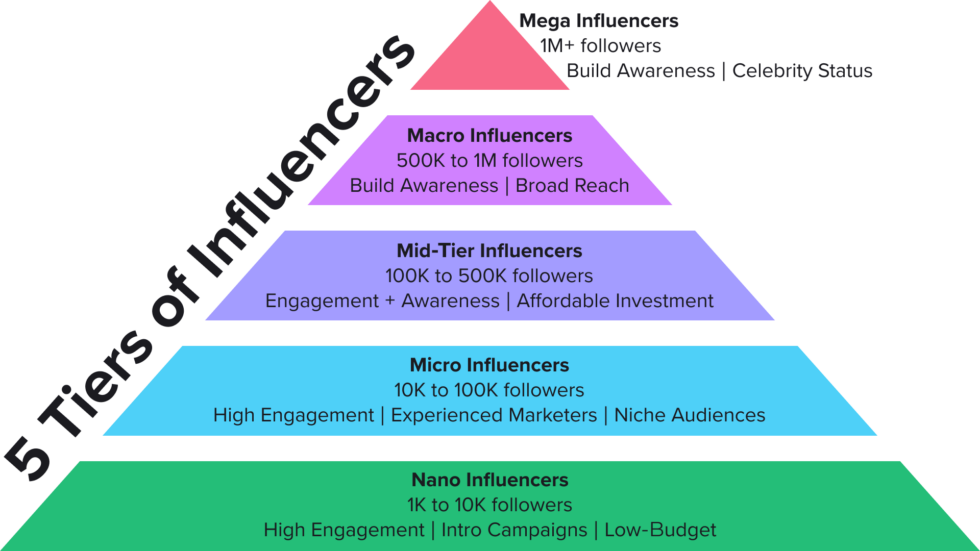
评论(0)
登录 参与讨论或 .